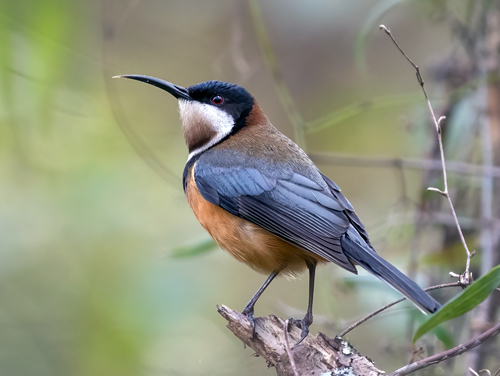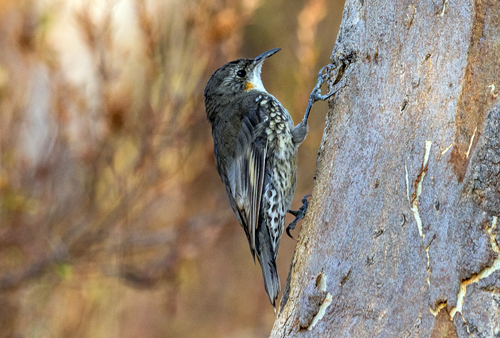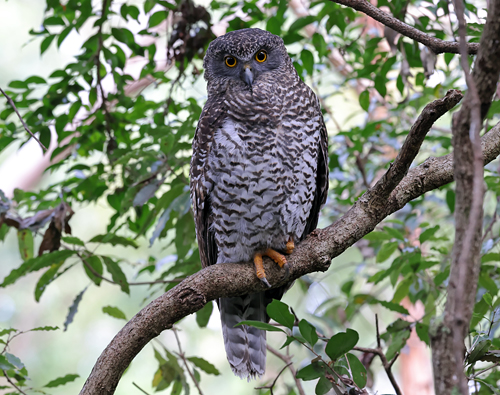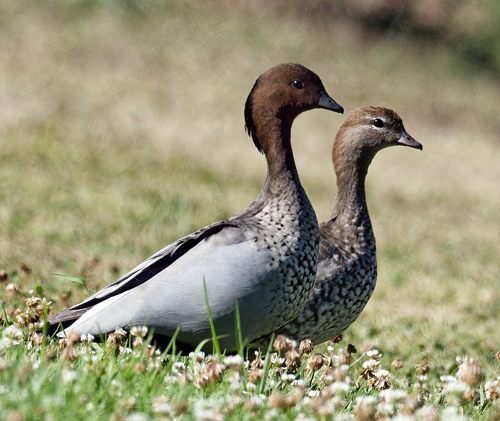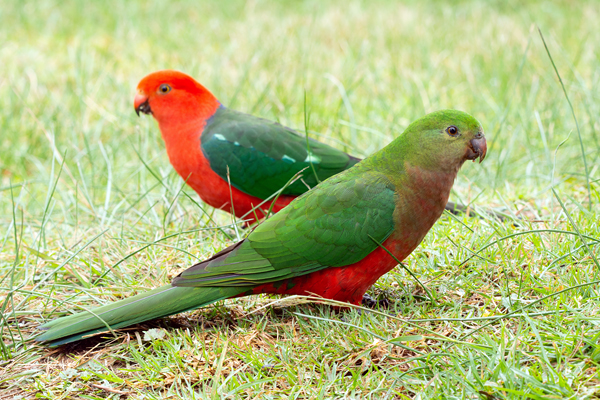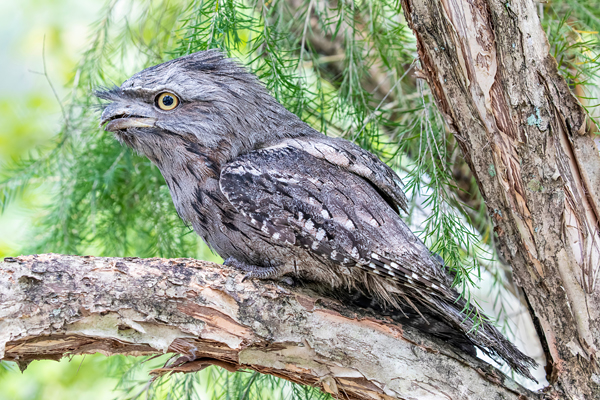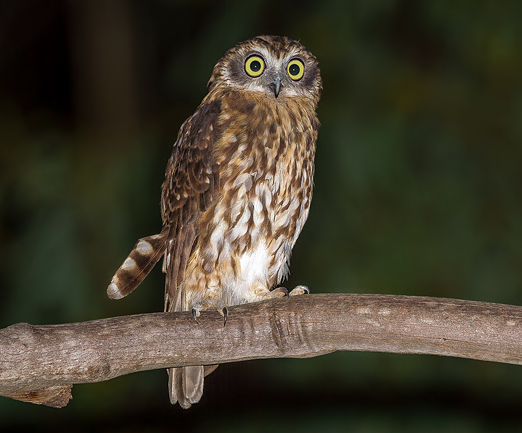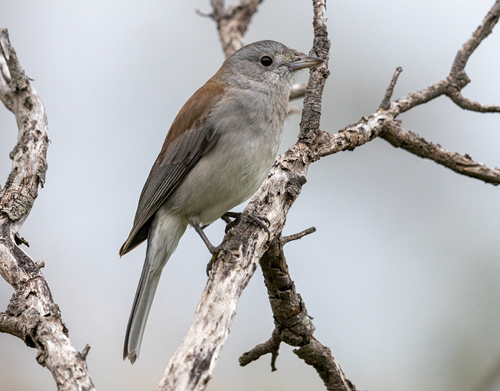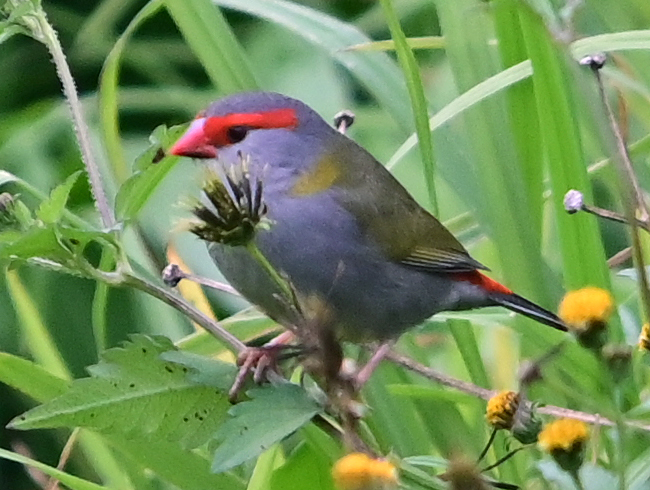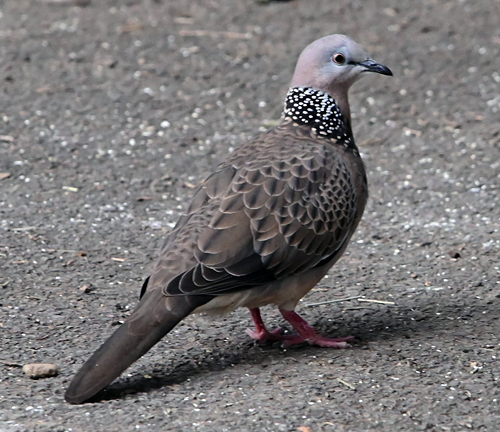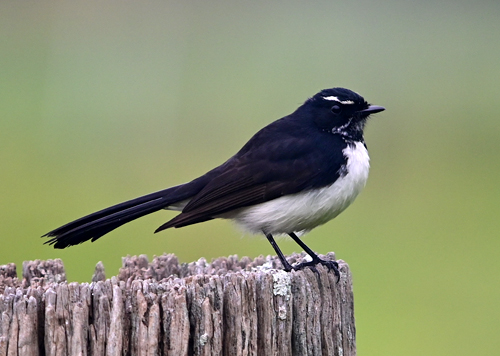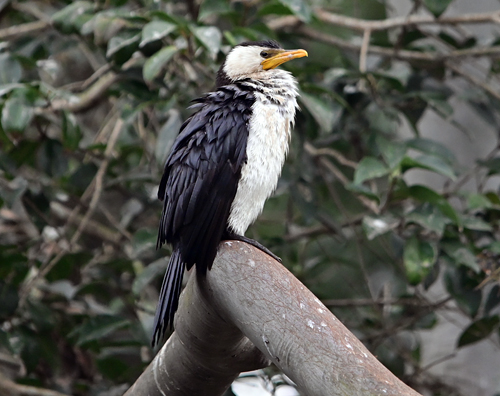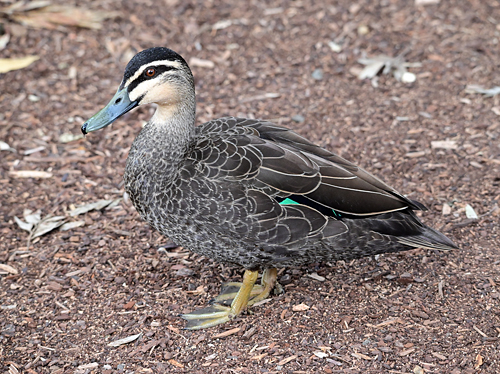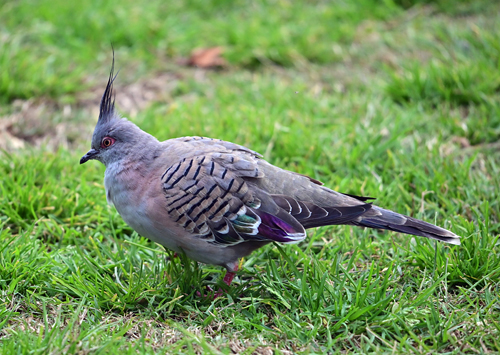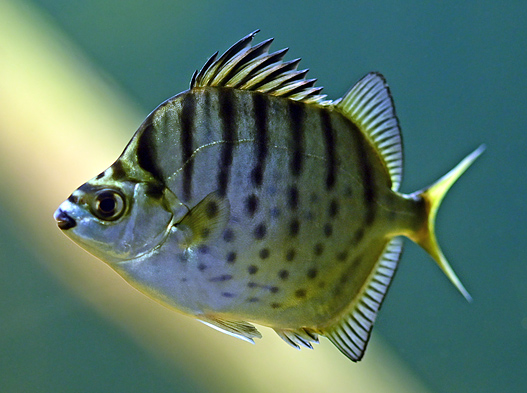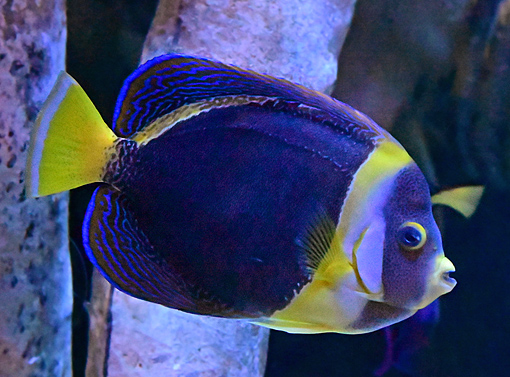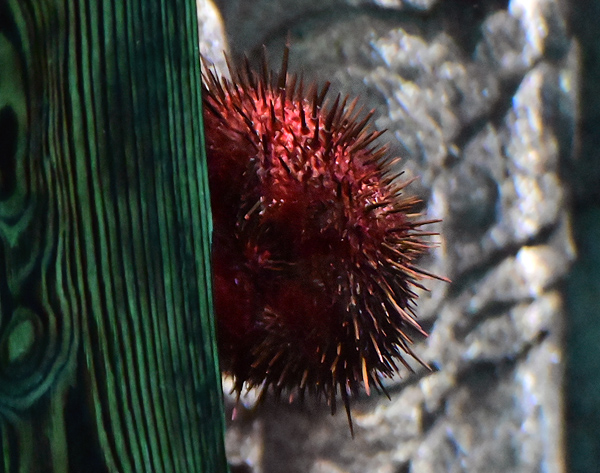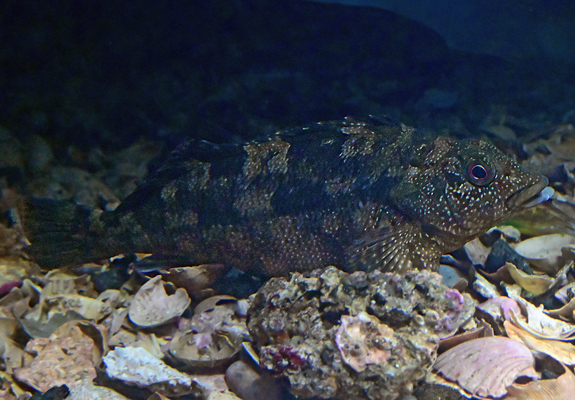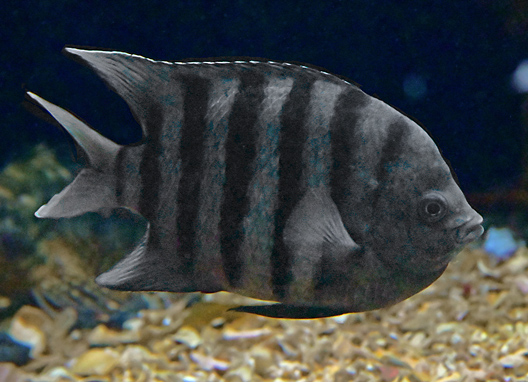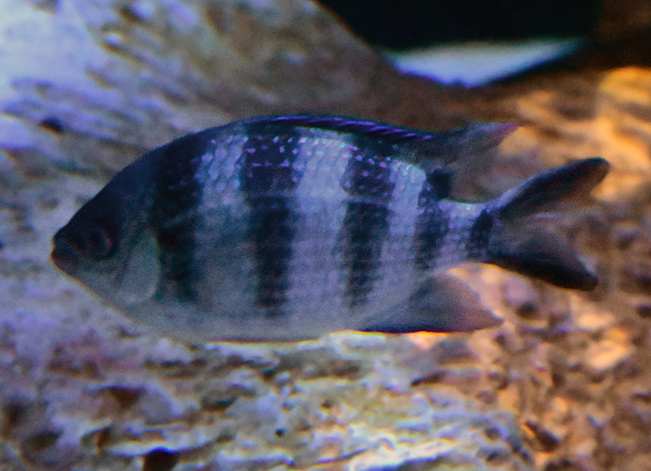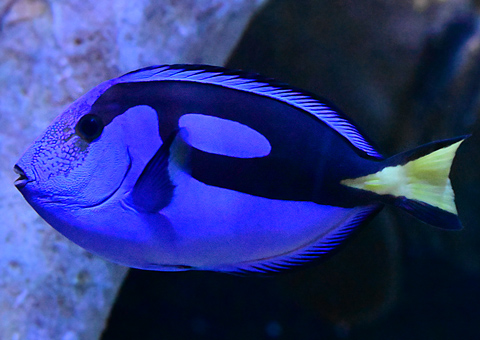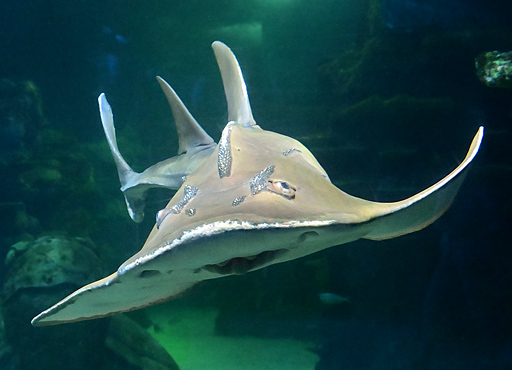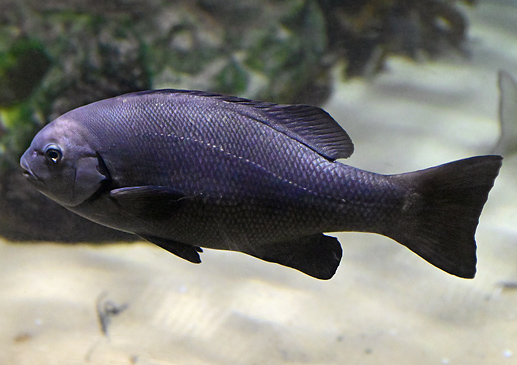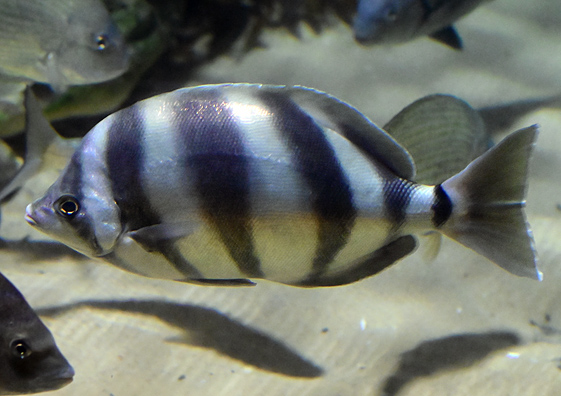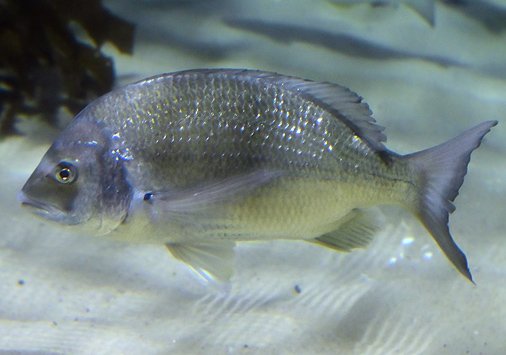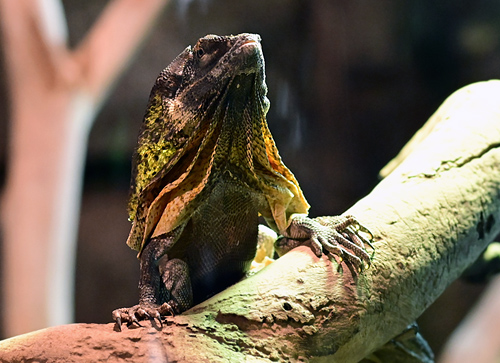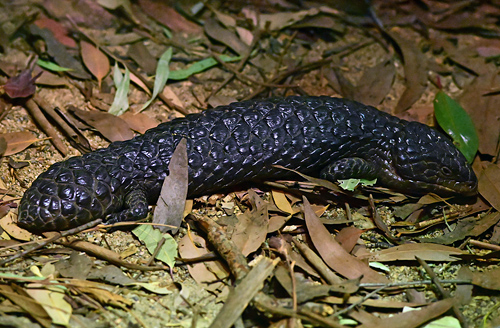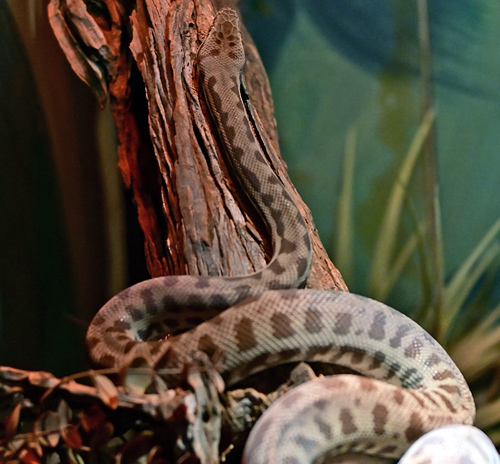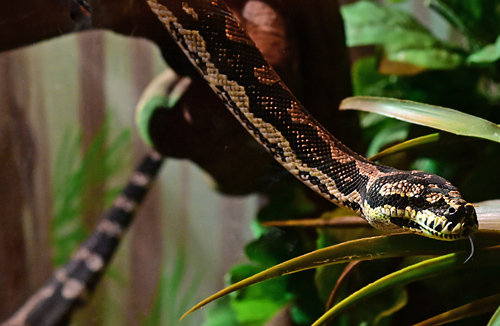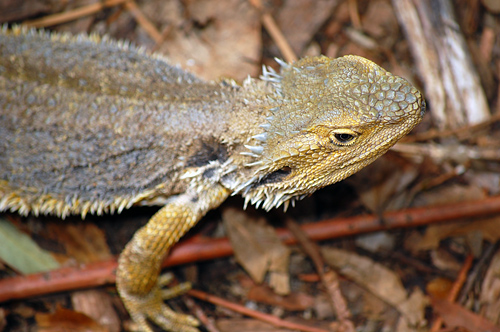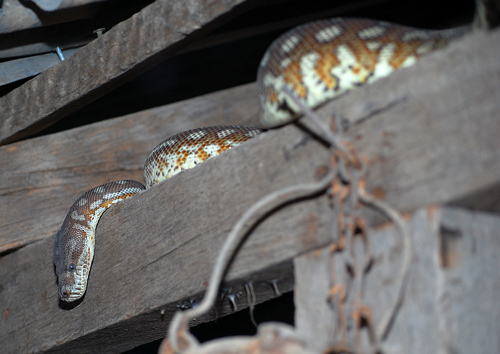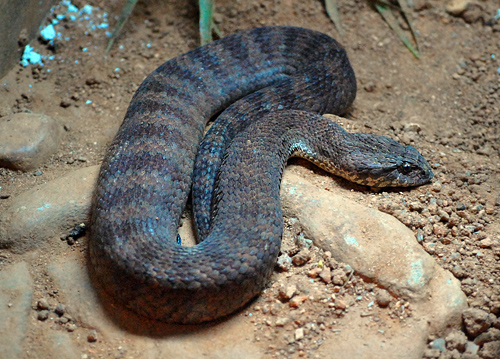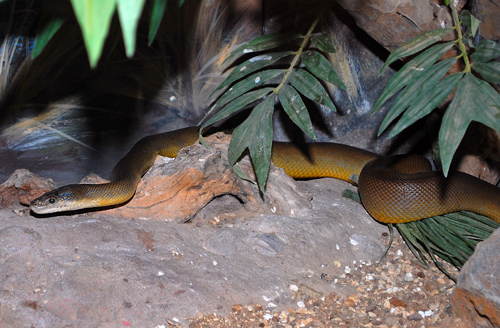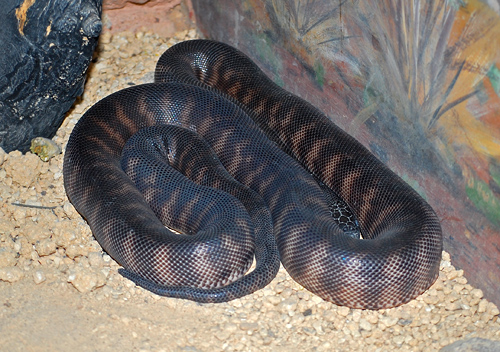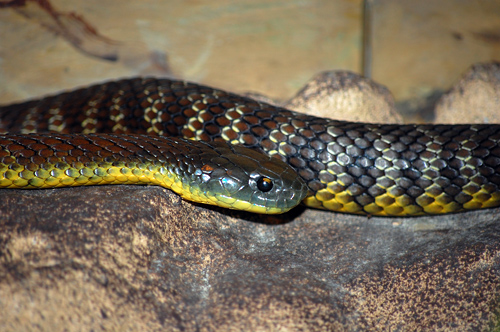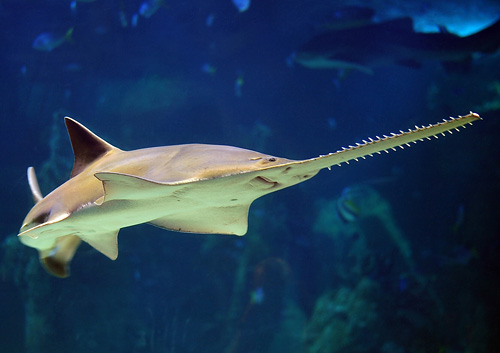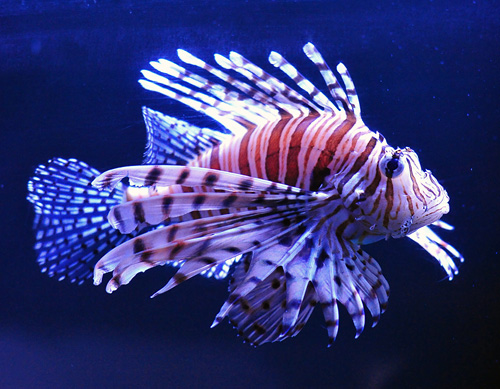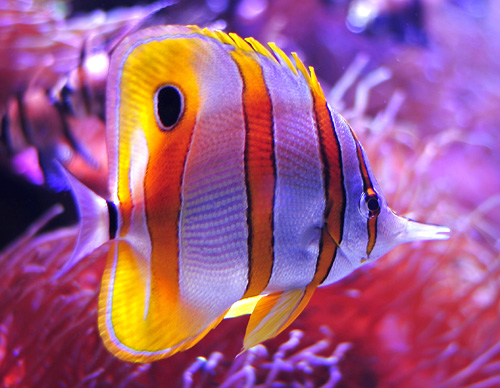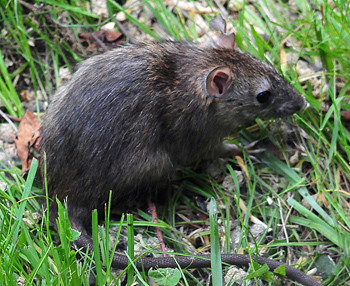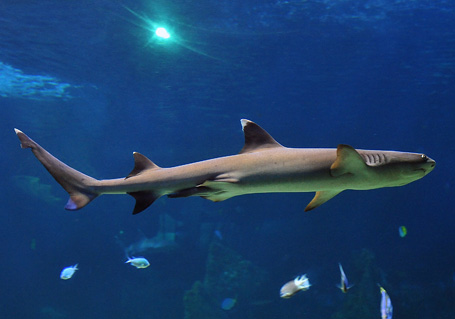Cycads / Burrawangs
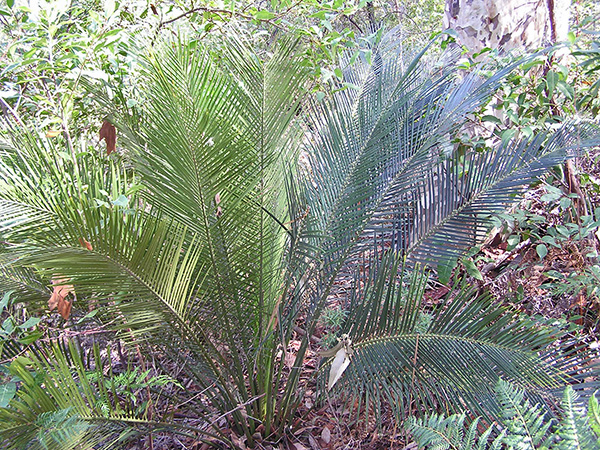
Macrozamia communis
Other Names: Zamia palms, wild pineapples
Family: Zamiaceae (One of 3 families of cycads)
Habitat: Woodland on sandy soils
Uses: Seeds edible after complicated processing, very poisonous raw
Danger: ![]() WARNING: These seeds are highly toxic unless prepared properly.
WARNING: These seeds are highly toxic unless prepared properly.
About Cycads / Burrawangs
The seeds of cycads are large and full of starch, and were a staple food of Aboriginies.
The seeds need to be processed by slicing, soaking, and pounding to remove toxins. People have died from eating them unprepared. Some people, such as Les Hiddens (The "Bush Tucker Man") say that the processing does not remove all the toxins and they should not be eaten at all.
Tim Low says that the seeds were cracked or crushed (sometimes after being pre-cooked), then soaked in water for days or weeks, then ground to a paste, and cooked again before eating. Different tribes used different methods. Seeding could be triggered by firing (setting fire to) the plants. Doing this with the correct timing resulted in huge crops that could sustain social gatherings of hundreds of people for many weeks.

Photo by AYArktos: Macrozamia communis, Burrawang, Batemans Bay NSW.
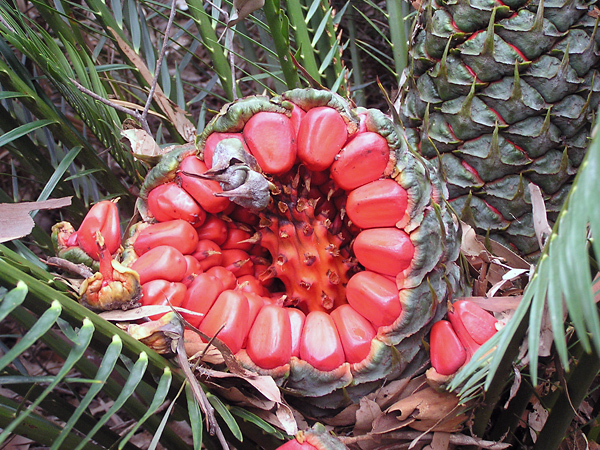
Photo by AYArktos: Macrozamia communis, Burrawang, Batemans Bay NSW.
See Also
Australian Mammals
Australian Birds
Australian Reptiles
Australian Frogs
Australian Fish
Australian Spiders and Their Faces
Return to Plant Foods



